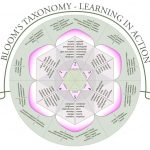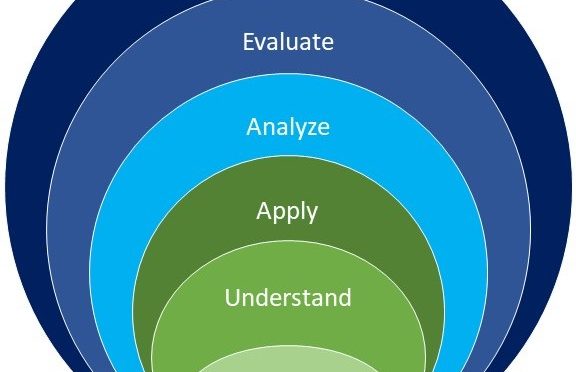 “Bloom’s Taxonomy of the Cognitive Domain,” known more commonly as “Bloom’s Taxonomy,” identifies levels of learning from basic knowledge to higher-order thought that if used correctly can greatly empower student academic performance.
“Bloom’s Taxonomy of the Cognitive Domain,” known more commonly as “Bloom’s Taxonomy,” identifies levels of learning from basic knowledge to higher-order thought that if used correctly can greatly empower student academic performance.
Bloom’s original goal for the taxonomy was to guide curricular and assessment development with specific cognitive goals.
Most teachers are familiar with it, although few use it explicitly in the classroom. Fewer, still, are the students and parents who have heard of Bloom’s Taxonomy.
When engaged explicitly, Bloom’s is a powerful took for scaffolding both lower- and higher-level thought and, most importantly, for empowering student curiosity, academic ownership, and sense of accomplishment.
Using Bloom’s Taxonomy
While reviewing Bloom’s with a student in our A+ Club program, he exclaimed, “That’s on the wall in my English class!” That’s awesome, I replied. But then student said, “But I never had any idea what it was for. She never explained it.”
There you go, I thought to myself, all the education theory in the world lost on a classroom wall! Continue reading
